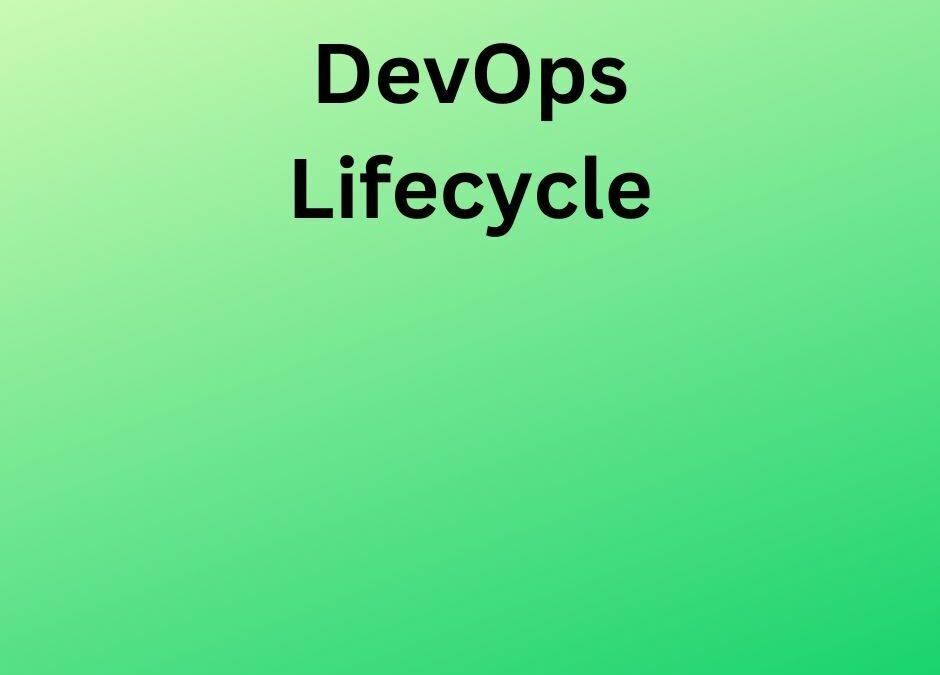The DevOps lifecycle refers to the process of developing, deploying, and maintaining software applications using DevOps principles and practices. It encompasses the entire software development lifecycle, from planning and development to testing, deployment, and ongoing operations. The DevOps lifecycle aims to foster collaboration, automation, and continuous improvement between development and operations teams to deliver high-quality software efficiently and effectively. While specific implementations may vary, the following stages are typically included in the DevOps lifecycle:
- Plan: In this stage, teams define project requirements, goals, and objectives. They collaborate to determine the scope of work, prioritize tasks, and create a roadmap for development and operations activities.
- Develop: In the development stage, teams design, code, and build the software application. They follow best practices for version control, collaboration, and code review to ensure code quality and maintainability. Automation tools and frameworks are often employed to facilitate continuous integration (CI), where code changes are frequently merged into a central repository, and automated tests are executed.
- Test: The testing stage involves verifying the functionality, performance, and reliability of the software application. Test automation frameworks are used to run automated tests, ensuring quick and repeatable testing. Continuous testing helps identify issues early in the development process, allowing for prompt resolution and preventing the accumulation of technical debt.
- Deploy: During the deployment stage, teams package the software application, including all required configurations and dependencies, into a deployable artifact. Automation tools and infrastructure-as-code practices enable consistent and repeatable deployments across environments. Continuous delivery (CD) pipelines automate the process of deploying the application to various environments, such as development, testing, staging, and production.
- Operate: Once the software is deployed, the operations team monitors the application’s performance and availability, ensuring it meets the defined service-level objectives (SLOs). Monitoring tools provide real-time visibility into key metrics, such as response times, error rates, and resource utilization. Automated alerts and notifications help detect and address issues promptly, minimizing downtime and maximizing reliability.
- Monitor: In the monitoring stage, teams collect and analyze data from various sources, such as logs, metrics, and user feedback, to gain insights into the application’s performance, usage patterns, and user experience. This information is used to identify opportunities for optimization, detect anomalies, and make data-driven decisions for continuous improvement.
- Iterate: The final stage of the DevOps lifecycle involves iterating on the application based on feedback and insights gained from monitoring and user interactions. Development teams prioritize and implement new features, bug fixes, and optimizations based on the feedback loop. The iterative nature of DevOps allows for continuous improvement and the ability to respond quickly to changing requirements and user needs.
Throughout the DevOps lifecycle, automation plays a crucial role in streamlining processes, reducing errors, and increasing efficiency. Tools such as configuration management, continuous integration/continuous delivery (CI/CD) pipelines, infrastructure-as-code, and automated testing frameworks are utilized to automate manual tasks and ensure consistency and reliability across the software development and deployment process.
DevOps training in coimbatore is a program or course designed to provide individuals with the knowledge and skills required to adopt and implement DevOps practices in software development and IT operations. DevOps is a set of principles, practices, and tools aimed at fostering collaboration and communication between software development teams and IT operations teams, with the goal of delivering software more rapidly, reliably, and efficiently.

